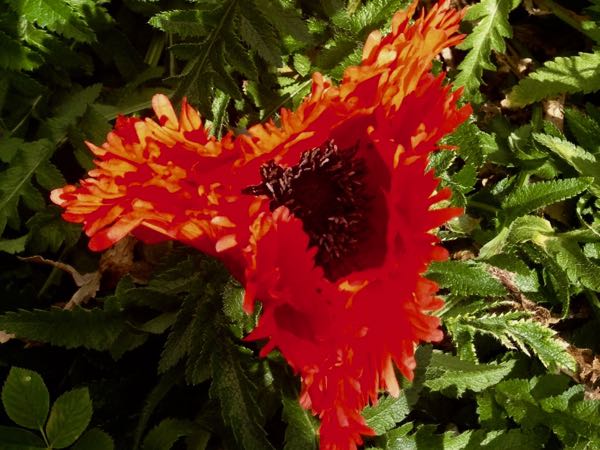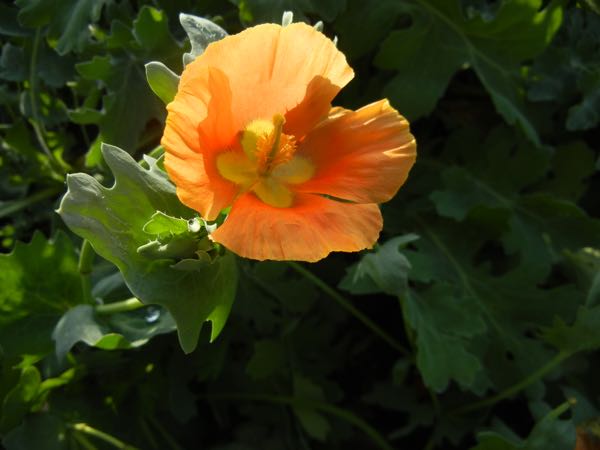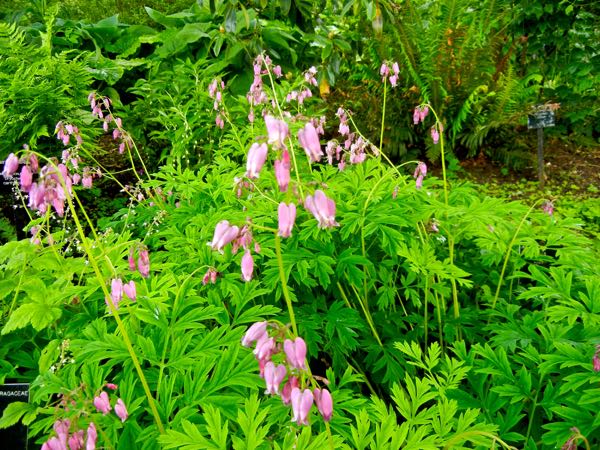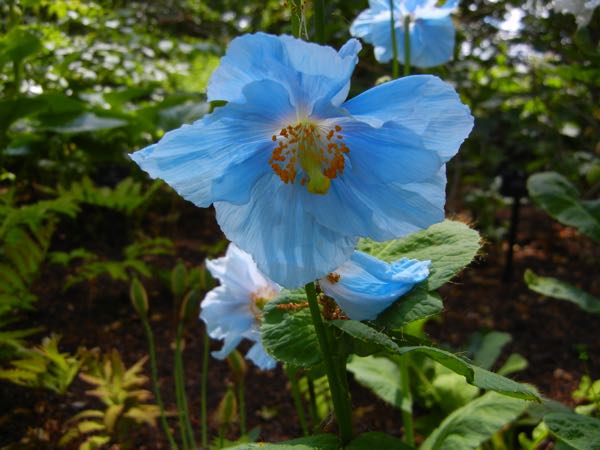Exploring the Papaveraceae Family: Unveiling the Secrets of Poppies and Beyond
In the vast garden of botanical wonders, the Papaveraceae family stands as a mesmerizing tapestry, adorned with an array of herbaceous plants, woody shrubs, and even tropical trees. With its roots embedded in the Ranunculales order, this family paints a portrait of diversity, pharmaceutical significance, and ecological intricacies. Join us as we journey through the landscape of Papaveraceae, uncovering its traits, habitats, and the enigmatic allure of its flowers.
Origins and Diversity
Hailing from the order Ranunculales, the Papaveraceae family unfolds its petals predominantly in the Northern Hemisphere. From the temperate zones to the tropics, its members find their niches in various ecosystems. This family boasts a constellation of 44 genera and approximately 825 species, a testament to the intricate branching of evolutionary paths within the plant kingdom.
Floral Treasures with Medicinal Significance
Among the gems adorning the Papaveraceae family, there exist species with pharmaceutical importance. These botanical treasures contribute to the world of medicine, embodying the intricate relationship between plants and human well-being.
Milk Latex and Leaf Aesthetics
One of the distinctive traits of the Papaveraceae family is its lactiferous nature—a propensity to produce milk latex. This fluid plays a role in various ecological interactions and adds a layer of complexity to the family’s dynamics. The leaves, adorned with their own brand of elegance, showcase intricate lobes, divisions, and an absence of stipules. Alternately or whorled, these leaves are a canvas of botanical artistry.
Flower Chronicles: Medium to Large and Unfragrant
The Papaveraceae family’s floral ballet unfolds on the stage of life, where medium to large, unscented flowers take center stage. Solitary and terminal, these blooms beckon insects as pollinators. Their complex choreography involves many stamens—up to an astonishing 60—a testament to the intricate mechanisms of reproductive success that have evolved within this botanical lineage.
Fruitful Proliferation and Seed Liberation
As the performance concludes, the Papaveraceae flowers transition into capsules, their final act in the life cycle. These capsules open, releasing the seeds within—a culmination of a botanical journey that holds the promise of new beginnings and continuity.
In Conclusion
In the world of plants, the Papaveraceae family is a chapter rich in diversity, ecological interactions, and contributions to human well-being. From herbaceous wonders to woody sentinels, these plants weave a narrative of adaptation and survival in varied landscapes. As the Papaveraceae family continues to flourish across the globe, it leaves an indelible mark on the canvas of biodiversity, reminding us of the intricate dance of life that unfolds within the botanical tapestry of our planet.
Papapveraceae genera include:
Adlumia
Arctomecon
Argemone
Bocconia
Boothia
Canbya
Capnites
Capnoides
Cathcartia
Ceratocapnos
Chelidonium
Chiazospermum
Closterandra
Corydalis
Cryptocapnos
Cryptoceras
Cucularia
Cysticapnos
Dactylicapnos
Dendromecon
Dicentra
Diclytra
Dicranostigma
Discocapnos
Ehrendorferia
Eomecon
Eschscholzia
Fumaria
Fumariola
Glaucium
Hesperomecon
Hunnemannia
Hylomecon
Hypecoum
Ichtyoselmis
Lamprocapnos
Macleaya
Meconella
Meconopsis
Mnemosilla
Mosenthinia
Papaver
Phacocapnos
Platycapnos
Platystemon
Platystigma
Pseudofumaria
Pteridophyllum
Roemeria
Romneya
Rupicapnos
Sanguinaria
Sarcocapnos
Stylophorum
Trigonocapnos




